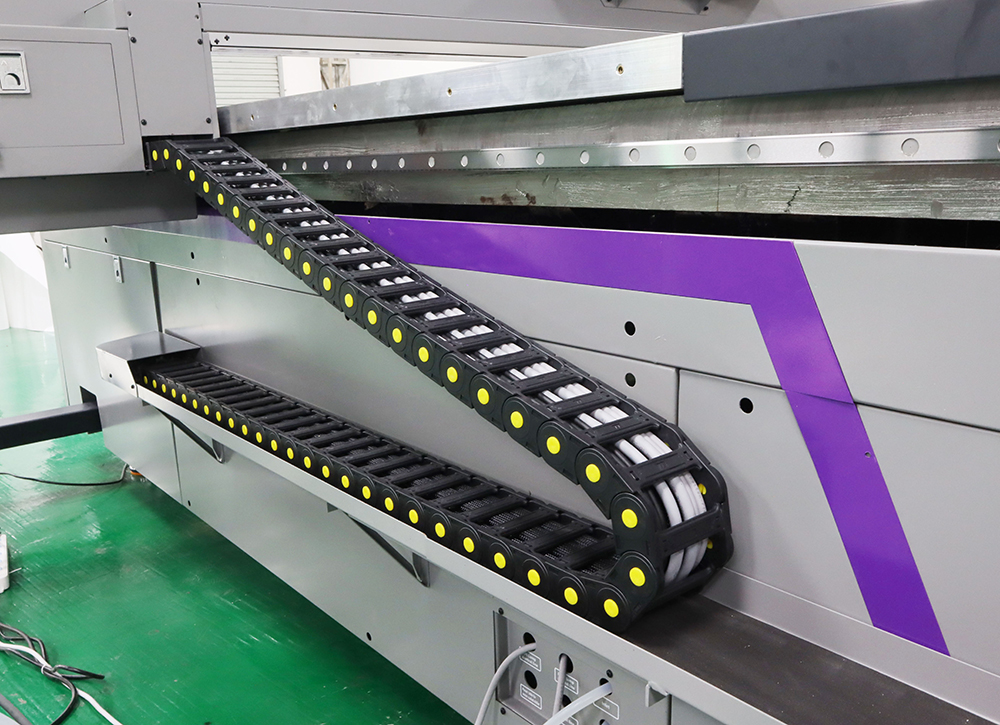UV Flatbed Printer: Applications in Architectural Model Making
UV Flatbed Printer: Applications in Architectural Model Making
In the realm of architectural model making, precision, detail, and material versatility are paramount. Architects and designers rely on accurate representations of their visions to communicate ideas, test designs, and gain client approval. One technology that has significantly enhanced this process is the UV flatbed printer. This article explores the applications of UV flatbed printers in architectural model making, highlighting their advantages, techniques, and the impact they have on the industry.

Introduction to UV Flatbed Printers
UV flatbed printers are a type of digital printing technology that uses ultraviolet (UV) light to cure or dry ink as it is applied to a substrate. This process allows for instant drying, resulting in vibrant, durable prints that can adhere to various materials. Unlike traditional printing methods, UV flatbed printers can print directly onto rigid and non-porous surfaces, making them ideal for architectural model making where materials such as acrylic, wood, glass, and even metal are commonly used.
Advantages in Architectural Model Making
Material Versatility: UV flatbed printers can print on a wide range of materials, offering architects the freedom to choose substrates that best suit their design needs. This versatility ensures that models accurately represent the intended materials of the final construction, enhancing the overall presentation.
High Resolution and Detail: These printers can achieve extremely high resolutions, often exceeding traditional printing methods. This capability is crucial in architectural model making, where every detail, from texture to color accuracy, must be precisely represented.
Durability: UV-cured inks are highly resistant to fading, scratching, and water damage, ensuring that architectural models retain their visual integrity over time. This durability is especially important for models that are frequently handled or exposed to different environments during presentations.
Cost-Effectiveness: While the initial investment in a UV flatbed printer may be higher than some other printing technologies, the long-term cost savings are significant. The ability to print directly onto materials reduces the need for additional adhesives or laminates, and the printer’s versatility means fewer specialized equipment purchases are necessary.
Rapid Prototyping: UV flatbed printers enable quick turnaround times, allowing architects to iterate on designs rapidly. This speed is crucial in fast-paced design environments where changes are frequent and deadlines are tight.
Applications in Architectural Model Making
Building Facades and Textures: UV flatbed printers can accurately reproduce the textures and colors of various building materials, such as brick, stone, or even complex patterns found in modern architectural designs. This level of detail is essential for clients and stakeholders to visualize the final appearance of a building.
Interior Design Elements: From floor tiles to wall finishes, UV flatbed printers can replicate the look and feel of interior design materials. This capability is particularly useful for designing spaces that rely heavily on specific textures or patterns, such as luxury hotels or retail stores.
Landscape and Urban Planning Models: In urban planning and landscape architecture, models need to convey not only the built environment but also the natural world. UV flatbed printers can print onto materials that mimic water, soil, or vegetation, enhancing the realism of these models.
Functional Prototypes: Architects often require models that demonstrate how certain elements will function, such as movable walls or interactive features. UV flatbed printers can print onto materials that support these mechanical properties, allowing for the creation of highly functional prototypes.
Lighting and Shadow Studies: Models used for lighting and shadow studies require precise representation of surface materials to accurately simulate how light will interact with the building. UV flatbed printers can achieve the necessary level of detail and material accuracy for these types of models.
Techniques and Best Practices
To maximize the benefits of UV flatbed printers in architectural model making, several techniques and best practices should be considered:
Material Selection: Choose materials that are compatible with UV inks and can withstand the curing process. Conduct tests to ensure ink adhesion and durability on different substrates.
Color Management: Implement a rigorous color management system to ensure accurate color representation. Calibrate the printer regularly and use color profiles specific to the materials being printed.
Layering and Texture: Utilize layering techniques to achieve complex textures and depth. Experiment with different ink opacities and print passes to create realistic effects.
Post-Processing: Consider post-processing steps such as sanding or polishing to further enhance the texture and finish of printed materials. This can be particularly effective for simulating natural materials like wood or stone.
Design for Print: When designing models for UV flatbed printing, keep in mind the limitations and capabilities of the printer. Design elements that are too small or detailed may not print effectively, while larger, simpler designs may print more reliably.
Conclusion
UV flatbed printers have revolutionized architectural model making by offering unparalleled material versatility, high-resolution printing, and durability. These advantages have not only improved the quality of architectural models but also streamlined the process of design iteration and presentation. As technology continues to advance, UV flatbed printers will likely become even more integrated into the workflow of architects and designers, pushing the boundaries of what is possible in architectural model making. By embracing this technology and incorporating best practices, architects can create models that more accurately represent their designs and effectively communicate their visions to clients and stakeholders.
